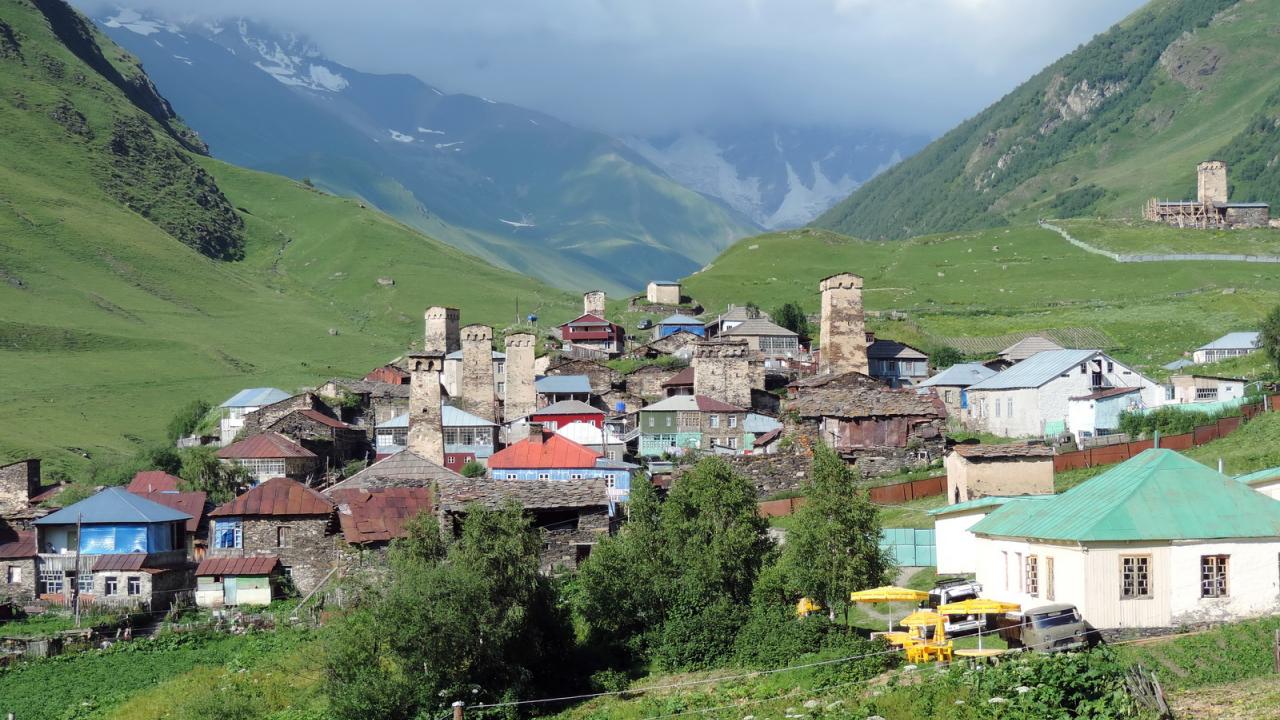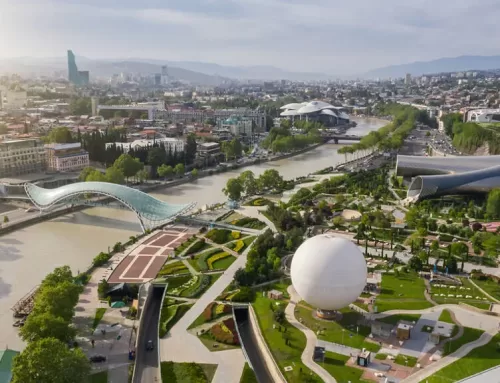Gremi

Gremi is located in the northern part of Kakheti region. From the XV to the XVII centuries, it was the capital of Kakheti. City built by the king of Kakheti Levan is divided into three parts: “Archangel’s”, where Archangel’s church, palace, and several cellars are located on the uphills and surrounded by a fortress, it communicates with the river Intsobi by a secret tunnel. The church was built in 1565, and the frescoes were made in 1577. Only this part of the city has survived till these days.
Another part of the city is King’s residence. Here were located palaces, buildings with a fountain, an eight-angle tower, baths, and other buildings.
The third part is the trade part. Here were located a covered bazaar, a hotel, caravan sarai, which were used by traders.
Till the beginning of the XVII century, Gremi used to be an important trade center and political center of the region. After Shakh Abas I’s invasion city was ruined, and the kings of Kakheti moved their residence to the town of Telavi.
Now days Gremi is an open-air museum.
Gremi church
Gremi settlement is located close to the city of Kvareli. The capital city of the Kakhetian Kingdom throughout XVI century it was a rather rich, well-developed town for the times. The city was devastated and turned into ruins in 1616, during the invasion of the Persian Shah Abbas I. Currently, only several ruins of the old city are preserved, coupled with some surviving churches, the central one of which is the orthodox church of the Archangels. This church stands on top of the high hillock and, with an acute outline, attracts the attention of any passerby. It was built in 1565 in the reign of King Levan of Kakheti. This building has a “Recorded cross” configuration with two round-shaped columns supporting the dome. With obliged upwards proportions, ogives of Islamic type, use of brick as construction material, adornment of the exterior with flat decorative vaults, and the outlines of huge crosses obtained by omission of brick in laying, the church is the representative sample of Kakhetian brickwork churches of the mid XVI century. Absolute compatibility and incorporation of this manmade monument in the surrounding landscape is the greatest achievement of the Gremi architect, as the church has become an absolutely necessary and leading element of the area.
The church is adorned with contemporary wall painting. An impressive, monumental three-storied tower stands next to it, with a large arched room on the ground floor – quite possibly – the royal reception hall. The small bell-tower that completes the ensemble is the latest of all constructions to the ensemble.



















